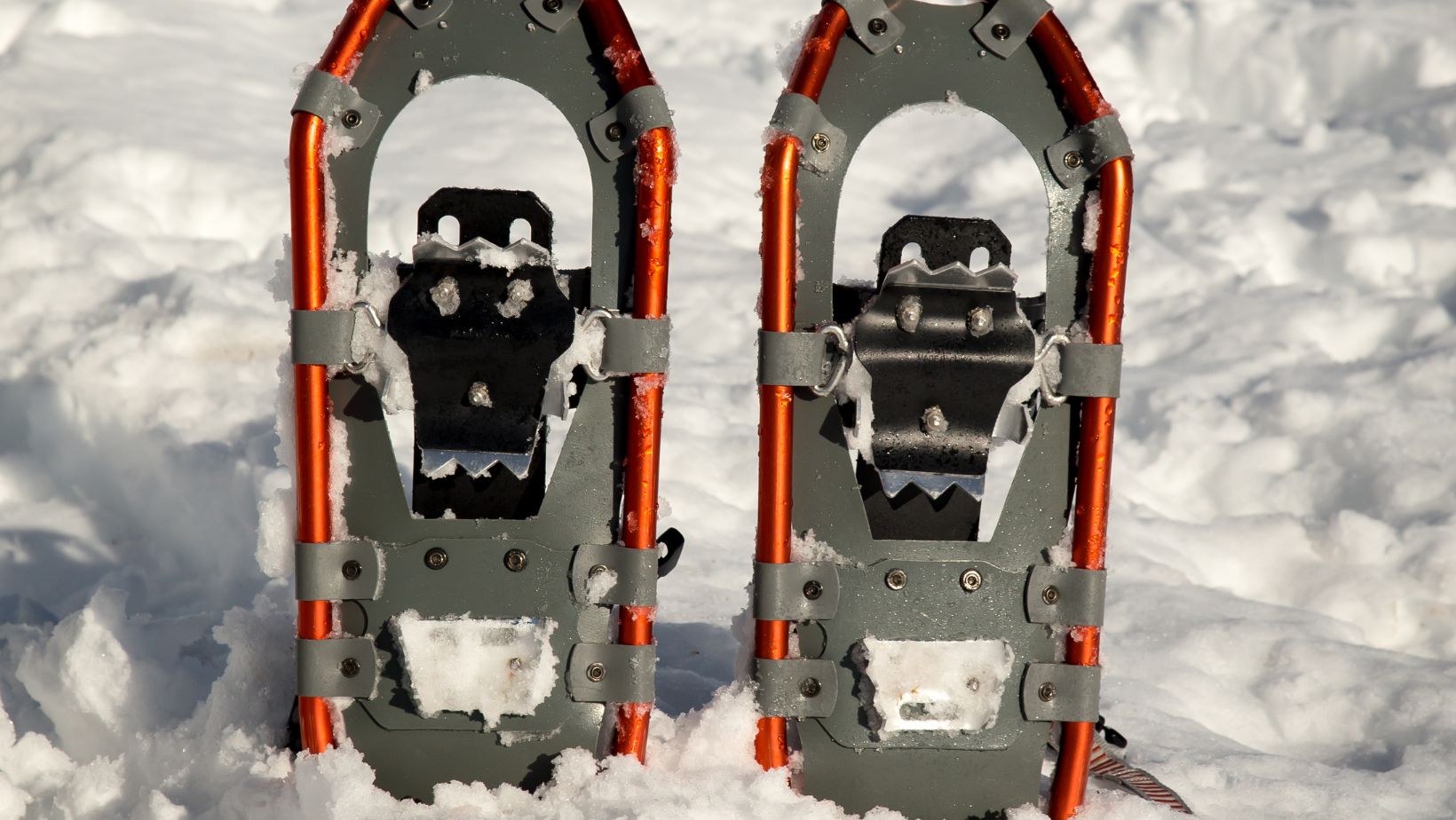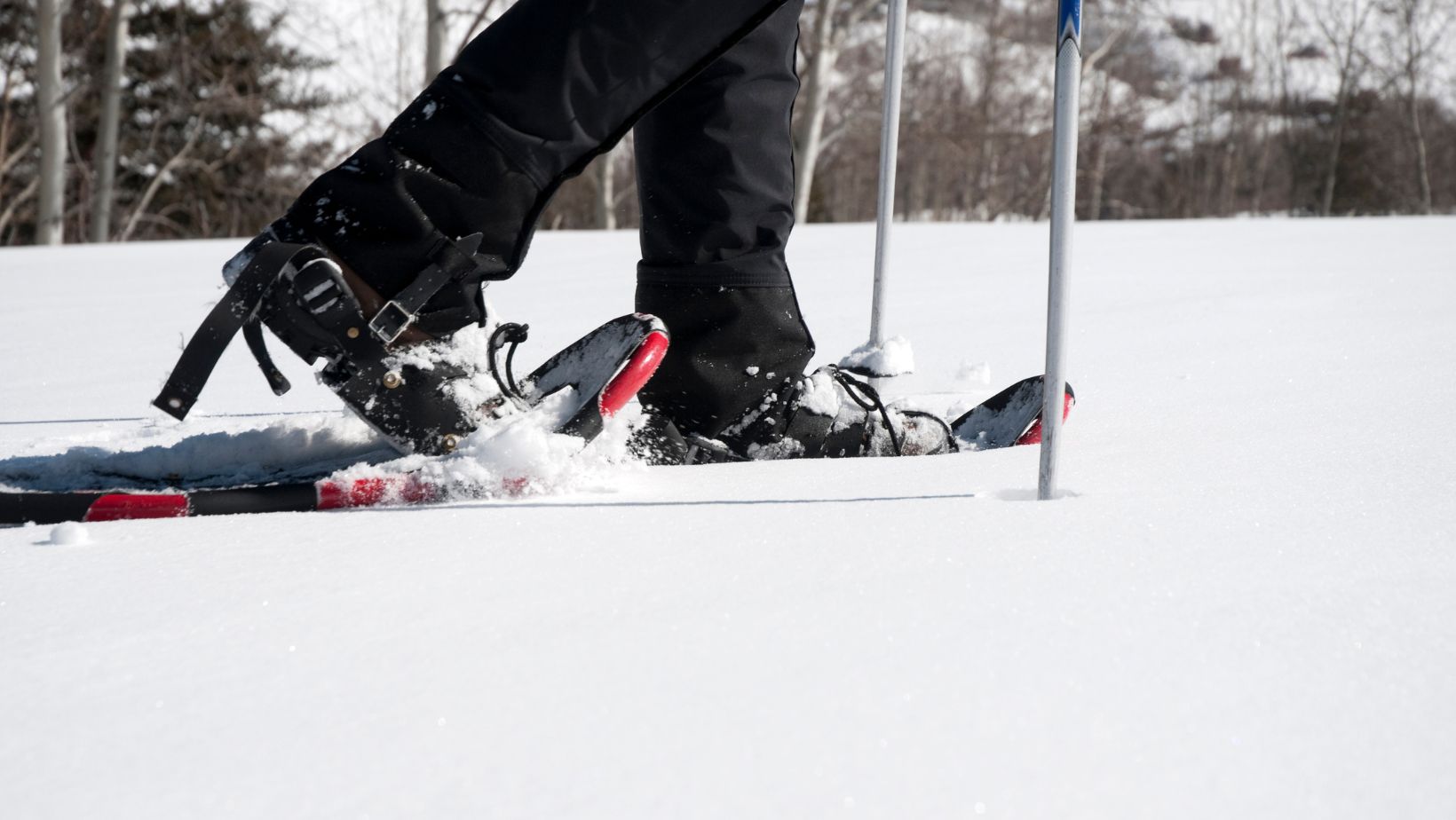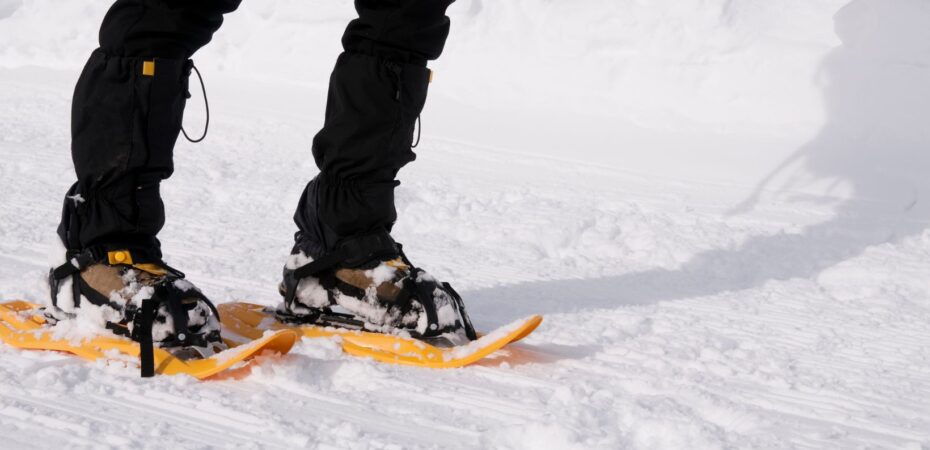Introduction
The snowshoe market is full of different options to choose from, making it challenging to decipher how to get the perfect pair. While you can just close your eyes and pick any pair available, you may easily end up with a snowshoe that doesn’t blend smoothly with your unique needs and requirements.
From flat and rolling terrain to TSL snowshoes, you’ll find an overwhelming list of snowshoeing equipment to select from. Snowshoes come with different features that enable their users to navigate various terrain types.
Every type is a little unique. However, by deeply understanding the terrain you’re planning to explore, the best material, and the right size, you’ll be sure to pick a perfect match.
In this guide, you will get different types, features, and sizes you need to consider when choosing your next snowshoes. Let’s keep reading to find out more.
Types of Snowshoes
Four types of snowshoes are available for selection. Your choice will depend on several factors, such as terrain, features, purpose, weight, and size.
Recreational/Hiking Snowshoes: Rolling Hills and Flat Terrains
Hiking/recreational snowshoes are a perfect option for your first snowshoeing activity. They are ideal for rolling hills and flat terrains. In their description or name, these snowshoes usually have some kind of “hike,” “trek,” or “trail.”

With an average number of features, these snowshoes are among the affordable snowshoeing equipment, and most traditional wooden snowshoes and snowshoes for kids fall under this group.
Special Features
- Materials: They’re usually made of aluminum, white ash, TPU plastic, or recyclable materials.
- Bindings: These snowshoes usually have simple and easy-to-use bindings like TPU straps, polyurethane, and nylon. These bindings are perfect for a vast array of footwear, including large boots.
- Traction: They have between little and average traction, including plastic, steel, or aluminum cleats underneath the heel or toe of the snowshoe. These snowshoes usually have crampons underneath the foot sides, though they aren’t common.
- Frame: They usually have a v-tail or rounded frame that is helpful for deep snow. The v-tail frame, which is pointed in the back, is ideal for increased maneuverability and snow build-up.
Technical Snowshoes: Steep Mountains Terrain
With technical snowshoes, you can navigate unpredictable terrain thanks to their many helpful features. These snowshoes are usually pricier than other models. However, they pack a lot of advanced features, and their materials are durable.
Snowshoes in this category may feature any of these words or similar descriptions; “alpine,” “ascent,” and “mountain.” If you love snowboarding, these snowshoes are the perfect choice. You must have them if you’re planning to break your trail through steep mountain terrain.
Special Features
- Materials: They are made from durable materials such as carbon fiber, nylon decking, and aluminum frames.
- Bindings: These snowshoes have advanced bindings for a more precise and tighter fit, including shoe-like or toe-box binding. Also, some have TPU, polyurethane, or nylon straps that blend smoothly with a huge range of foot sizes.
- Traction: They usually have aggressive traction like crampons/cleats under the heel, toe, and sides that may be at different angles to offer advanced grip.
- Frame: These snowshoes might have serrated frames. While they can be heavy, they offer a good grip when climbing steep mountains. Their frames can also be V-shaped (pointed at the heel and round at the toe) or tubular (rounded at both ends) for deep snow.
Fitness/Running Snowshoes: Packed Trails
During your search for the perfect snowshoes, you’ll come across fitness/running snowshoes. They’re designed and created for individuals who prefer groomed terrains and packed snow instead of deep powder.

Special Features
- Materials: These snowshoes feature lightweight materials made of foam, aluminum, or TPU (plastic type).
- Bindings: Their bindings are designed to offer security on your foot. On top of that, they’re easy and quick to use. Bindings and straps that look like regular shoes are common. Some snowshoe types allow users to remove their bindings to mount their running shoes or boots directly to their snowshoes.
- Traction: They have average grip. A crampon may be available underneath the heel and toe. Also, some have molded TPU bars traction.
- Frame: Fitness/running snowshoes usually have shorter and narrower frames than their technical and recreational counterparts. These frames help increase speed and boost mobility in the snow.
Snowshoe Sizing
It’s important to pick the right size. The type of terrain is the main factor to consider, followed closely by the user’s weight. Snowshoes’ main purpose is to help the users stay afloat. They are sized by the weight of the user, along with any other gear they bring.
Many of them come with a weight recommendation, so it’s vital to consider that. Weight recommendation tells you the amount of weight the snowshoes can support (user’s weight + any gear).
In terms of gender, there isn’t a huge difference between men’s and women’s snowshoes. Women’s snowshoes are narrower than unisex or men’s models. Also, they are available in smaller sizes that can fit teenagers.


 By
By 



